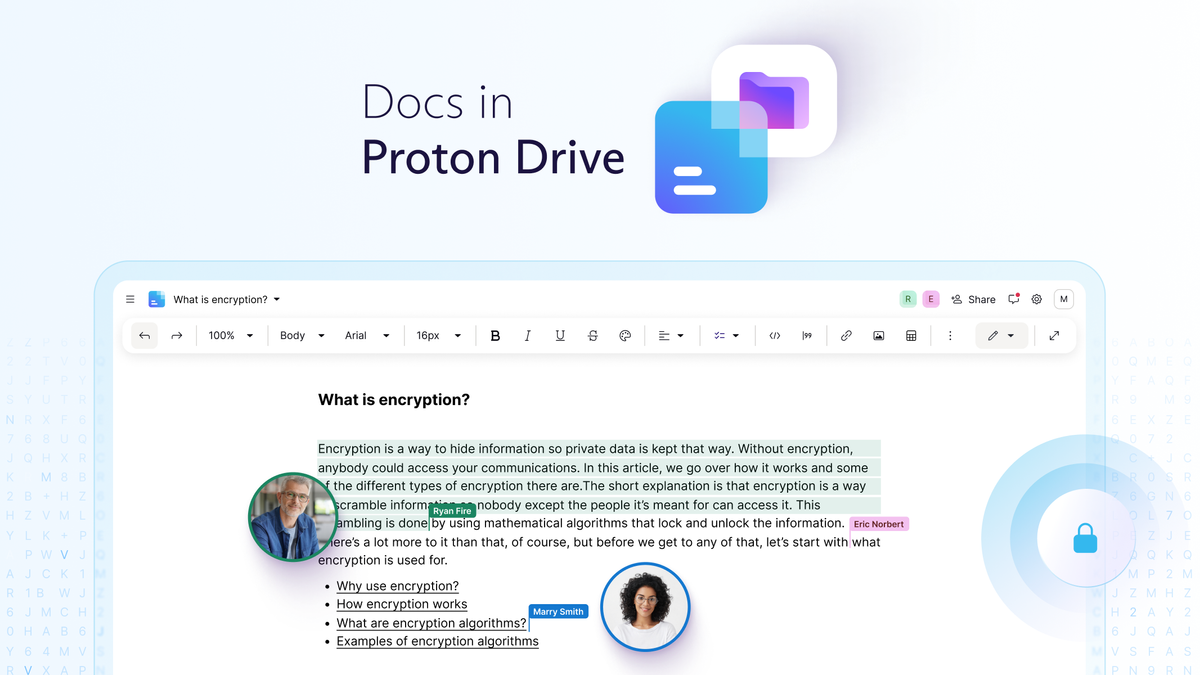Companies around the world are enthusiastically adopting generative artificial intelligence (AI), driven by the promise seen in early use cases to enhance innovation and unlock unprecedented efficiencies. Research shows that 93% of organizations use generative AI in some way. For the first time, AI is available to anyone with an Internet connection and a smart device.
While early use cases are very promising, ripples of unease permeate the hallways of decision makers, including C-suite executives, due to increased awareness of the risks and challenges posed by the rapid adoption of generative AI tools. free. For IT and data decision makers, the question is: how can they maintain a balance between innovation and risk to compete in an increasingly AI-driven world?
The growth of generative AI and the challenges it poses for companies
Research commissioned by Iron Mountain surveyed IT and data decision makers around the world to understand how their organizations use generative AI and the challenges they face when adopting this new technology. Half of respondents say their organizations use AI to create content, such as marketing or design-based input. Interacting with customers, for example through chat or voice responses, increasing team collaboration, and adding value to services and products, are other important ways your organizations use generative AI.
Leaders also identified challenges and risks when implementing AI. The two most prominent challenges are planning IT resources to train and deploy generative AI models (38%) and sourcing, protecting and preparing data from physical and digital assets for use in training generative AI models (38%). 38%). Other challenges organizations face include ensuring the accuracy and transparency of AI models (37%) and creating and enforcing generative AI policies (35%).
Some of these concerns may sound disturbingly familiar to C-suite leaders who remember the early days of the public cloud. Back then, enthusiasts were deterred by the requirement to pay for the technology. But with ubiquitous and free generative AI tools, citizen “data scientists” propagate shadow AI without the training, discipline, and organizational support necessary to implement responsible generative AI. Without expertise in multiple disciplines, employees using generative AI can expose sensitive and protected data, introduce bias, and hinder rather than enable innovation. The ready availability of generative AI forces companies to reevaluate their corporate policies and ensure protections are in place to keep data and reputations safe.
Chief Technology Officer and Chief Product Officer at Iron Mountain.
Optimizing innovation with generative AI through a unified asset strategy
Our research points to a potential solution to turn these challenges into opportunities, and the majority of respondents (96%) say implementing a unified asset strategy is critical to the success of generative AI. This strategy enables organizations to manage, protect and optimize physical and digital assets used and produced by generative AI applications. With this approach, organizations can fill gaps and resolve challenges in strategy, ethics and risk management, and practice.
Strategically, a unified asset strategy harmonizes AI initiatives and asset management while providing safe and environmentally sustainable retirement of physical and digital assets in line with business objectives. It can also help maximize return on investment by managing the physical and digital assets involved in AI, improving data quality, optimizing operations, mitigating risks, and enabling flexible scaling that responds to the organization's changing needs. .
When it comes to ethics and risk management, elements like information governance contribute to policies that address ethical use, data privacy, and security concerns. Aligning these policies with the organization's objectives and the nature of its assets allows for more effective policy creation and enforcement.
In practice, a unified asset strategy can help in a number of ways. Through effective asset management across the entire lifecycle and a scalable operating model, a unified asset strategy facilitates the efficient planning, allocation and management of IT resources so IT teams can prepare for training and the implementation of generative AI models. Secondly, it covers the comprehensive life cycle management of physical and digital assets. It involves digitizing physical assets and enriching them with metadata to improve discoverability and accessibility, extract valuable insights from unstructured data, and protect source and generated data from unauthorized access. Finally, it allows organizations to protect and manage data and other assets created by generative AI.
These results are possible by implementing a unified asset strategy that encompasses physical and digital asset lifecycle management and protection, intelligent document processing, content services, compliance, return on investment optimization, investment and more. Together, this strategy provides a foundation to accelerate and amplify the impact of AI while reducing risk for businesses.
The need for experienced AI leaders
While data and IT leaders agree that a unified asset strategy is essential to capitalize on the generative opportunities of AI, 98% of respondents say that AI-focused leadership, such as the emerging role of a chief AI (CAIO), can also accelerate effectiveness. Adoption of generative AI. While only 32% say their organizations have added someone in this capacity, 94% expect the role to be filled in the future. When asking what AI leadership should achieve, the main answer is to ensure there is a unified asset strategy. Other key benefits include orchestrating resource needs, following ethical practices, managing data input and output, and addressing ownership risk.
A call to action
The research suggests a strong connection between the challenges presented by generative AI and the power of AI-focused leadership to drive a unified asset strategy to address them. By implementing a unified asset strategy, organizations can develop outdated asset lifecycle management approaches, optimize the protection and management of physical and digital assets at scale, and catalyze value creation. Taking these steps will help these leaders remove obstacles that impede innovation.
We have presented the best productivity tools.
This article was produced as part of TechRadarPro's Expert Insights channel, where we feature the best and brightest minds in today's tech industry. The views expressed here are those of the author and are not necessarily those of TechRadarPro or Future plc. If you are interested in contributing, find out more here:









